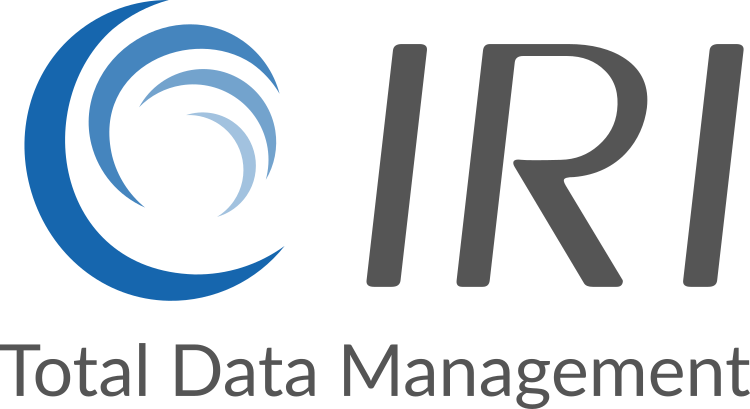Frequently Asked Questions (FAQs)
1. What is the DarkShield RDB Masking Wizard?
The DarkShield RDB Masking Wizard is a guided tool in IRI Workbench that helps you configure search and masking jobs for relational databases. It supports structured, semi-structured, and even unstructured columns, allowing you to search and apply data masking rules across any JDBC-connected databases.
2. How does the RDB Masking Wizard work?
The wizard allows you to define a source database, specify a target database to receive the masked data, and apply your previously defined data classes, search matchers, and masking functions. It then runs a job to find and mask PII directly in the relational database environment.
3. What types of databases does DarkShield support for masking?
DarkShield supports any relational database on-premise or in the cloud with a JDBC connection, including Oracle, SQL Server, PostgreSQL, MySQL, DB2, and others. As long as a JDBC driver is available, DarkShield can read, perform search/mask operations, and write.
4. Can DarkShield mask semi-structured or unstructured columns in a database?
Yes. DarkShield can also search for and mask data in semi-structured or unstructured columns, enabling you to protect sensitive values stored as JSON, XML, PDFs, etc. in relational tables.
5. How do I configure connection profiles for RDB masking?
You can create and save connection profiles in the Data Source Explorer view of IRI Workbench or directly in the RDB Masking Wizard. These profiles store the credentials and connection details needed to access your source and target databases.
6. Can I use filters to refine which data gets masked?
Yes. The RDB Masking Wizard supports additional filtering based on JDBC column types, letting you focus masking operations on only the relevant fields. This saves processing time and ensures you do not unnecessarily mask non-sensitive data.
7. How does DarkShield ensure consistent masking across databases?
DarkShield uses centrally defined data classes and masking rules, which ensures that the same sensitive values are masked consistently across multiple tables and databases (as well as other sources like NoSQL DBs, EDI and raw text files, documents, and images) – and thus preserving referential integrity.
8. Can DarkShield mask data in multiple databases at once?
Yes. As long as you configure the connection profiles and define the scope of the job, you can run search and masking operations across multiple relational databases simultaneously.
9. What is the difference between FieldShield and DarkShield for RDB masking?
FieldShield focuses on structured, field-level protection and transformation in relational databases and flat files, while DarkShield can search and mask data in structured, semi-structured and unstructured columns. DarkShield is ideal when you need to mask JSON, XML, or free-text inside RDB tables in addition to traditional columns.
10. Can RDB masking jobs be scheduled or automated?
Yes. Once created, RDB search and masking jobs can be saved, scheduled for periodic execution, or integrated into CI/CD pipelines, ensuring continuous data protection as new records are added or modified.


